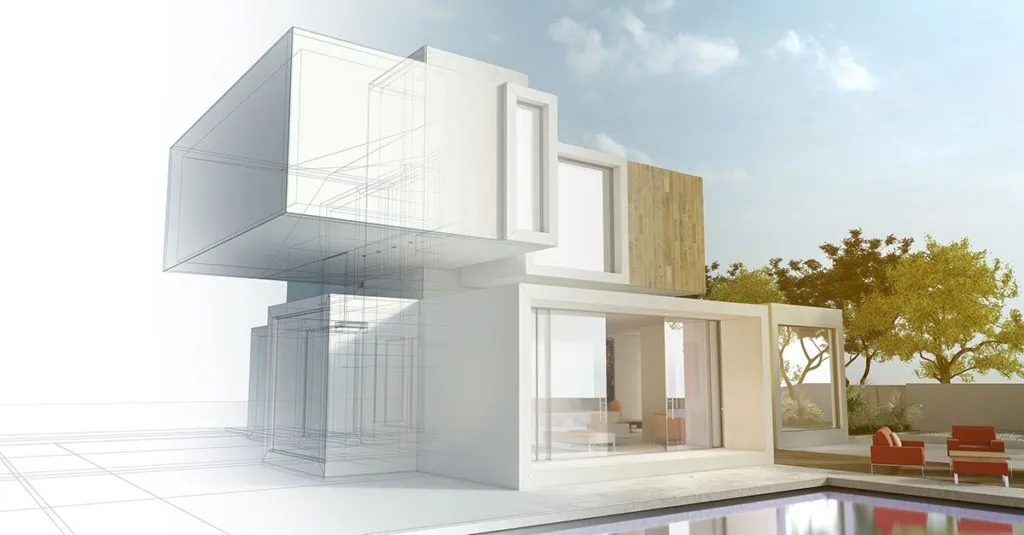Virtual Reality (VR) has revolutionized various industries, and architecture and construction are no exceptions. By providing immersive and interactive experiences, VR technology has transformed the way professionals in these fields design, plan, and visualize their projects.
CAD or Computer-Aided Design software creates architectural designs in either 2D or 3D to visualize a project beforehand. To unlock the potential of a 3D model, combining CAD projects with VR is needed. It allows more opportunities for design engineers, the construction company, and more transparency for the stakeholders. VR is an immersive tool that enhances the ability to visualize, conceptualize, manipulate and design 3D construction models while making interaction possible, and making them accessible.
Virtual Reality brings a 3D or 2D CAD model to life, allowing real-time walk-throughs, an exact representation of how the intended construction will pan out when completed. Today, embedding CAD projects into VR software is helping survey the mechanical systems design, and many mechanical contractors are making it a regular practice.
Instead of investing in a complicated ‘Architecture VR software’, use a VR solution that allows importing 3D data seamlessly, does not require shelling out loads of money, and is easy to use for design engineers with no previous VR experience whatsoever. The VRdirect platform does just that. It allows publishing the walk-throughs on multiple devices simultaneously and sharing it with all the people involved. Plus, the VRdirect cloud-powered web player is compatible with almost all web browsers, so you need not worry about your VR project not playing/lagging. The VRdirect Studio allows 3D models to be placed and viewed intuitively in the project. It supports 3D models in .glb and .fbx formats. Read more about 3D models in the VRdirect Studio here: https://www.vrdirect.com/blog/vrdirect-products-news/3d-models-in-the-vrdirect-studio/
Impact and Benefits of Virtual Reality in architecture:
The integration of Virtual Reality in architecture and construction has resulted in numerous benefits and had a significant impact on the industry. Some key advantages include:
• Enhanced Design Collaboration: VR architecture enables seamless collaboration among architects, designers, engineers, and clients, leading to more effective teamwork and improved design outcomes.
• Improved Design Decision-making: The immersive nature of VR allows stakeholders to make better-informed design decisions, resulting in higher client satisfaction and reduced design errors.
• Cost and Time Savings: By identifying design flaws and clashes in the virtual environment, VR reduces costly rework during the construction phase and helps streamline project timelines.
• Enhanced Client Experience: VR walkthroughs and visualizations improve client engagement, comprehension, and involvement, ensuring that their expectations are met.
• Safer Construction Sites: VR-based safety simulations contribute to a safer working environment by training workers and reducing the occurrence of accidents and injuries.
• Sustainable Design: VR architecture enables the evaluation of energy efficiency, daylighting, and other sustainability factors, supporting the creation of environmentally friendly buildings.

© 2024 VRdirect GmbH. All rights reserved.